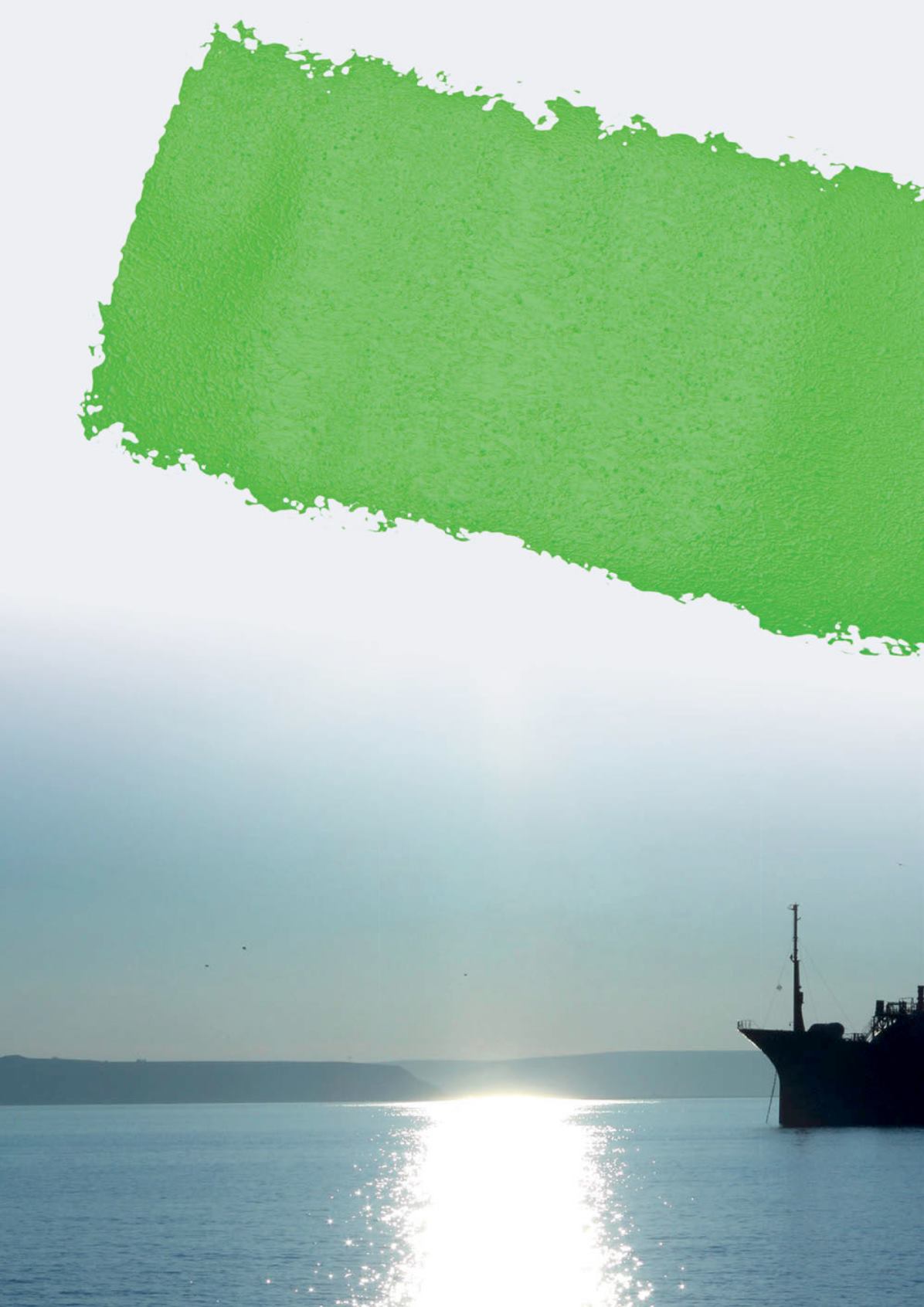
38
A
s a clean and competitively priced energy source,
demand for LNG is set to continue expanding.
With this growth comes a greater need to
transport LNG, often to remote locations across the world.
Although LNG is a cleaner alternative to conventional
fossil fuels, emissions are, nonetheless, produced from
its transportation. Therefore, it is essential to ensure
maximum possible efficiency savings during the operation
of LNG carriers.
Hull coatings are the most widely used eco efficiency
technology in the shipping industry, and can play an
integral role in helping LNG ship owners and operators to
increase the efficiency of their operations. However,
definitively proving the benefits that a coating – or indeed
any clean technology – can deliver is a constant
challenge. Hull coatings manufacturers provide fuel and
emissions savings statistics to support performance
claims for their solutions. However, a degree of
scepticism remains around the performance of all
technologies and innovations, both in the LNG industry
and the wider shipping industry. Ultimately, ship owners
still need irrefutable evidence of a coating’s performance
before investing in its application.
PAINTING
IT GREEN
Michael Hindmarsh, AkzoNobel’s Marine
Coatings Business, International
®
,
explains
how effective hull coating selection can help
to increase the efficiency of LNG carriers.


